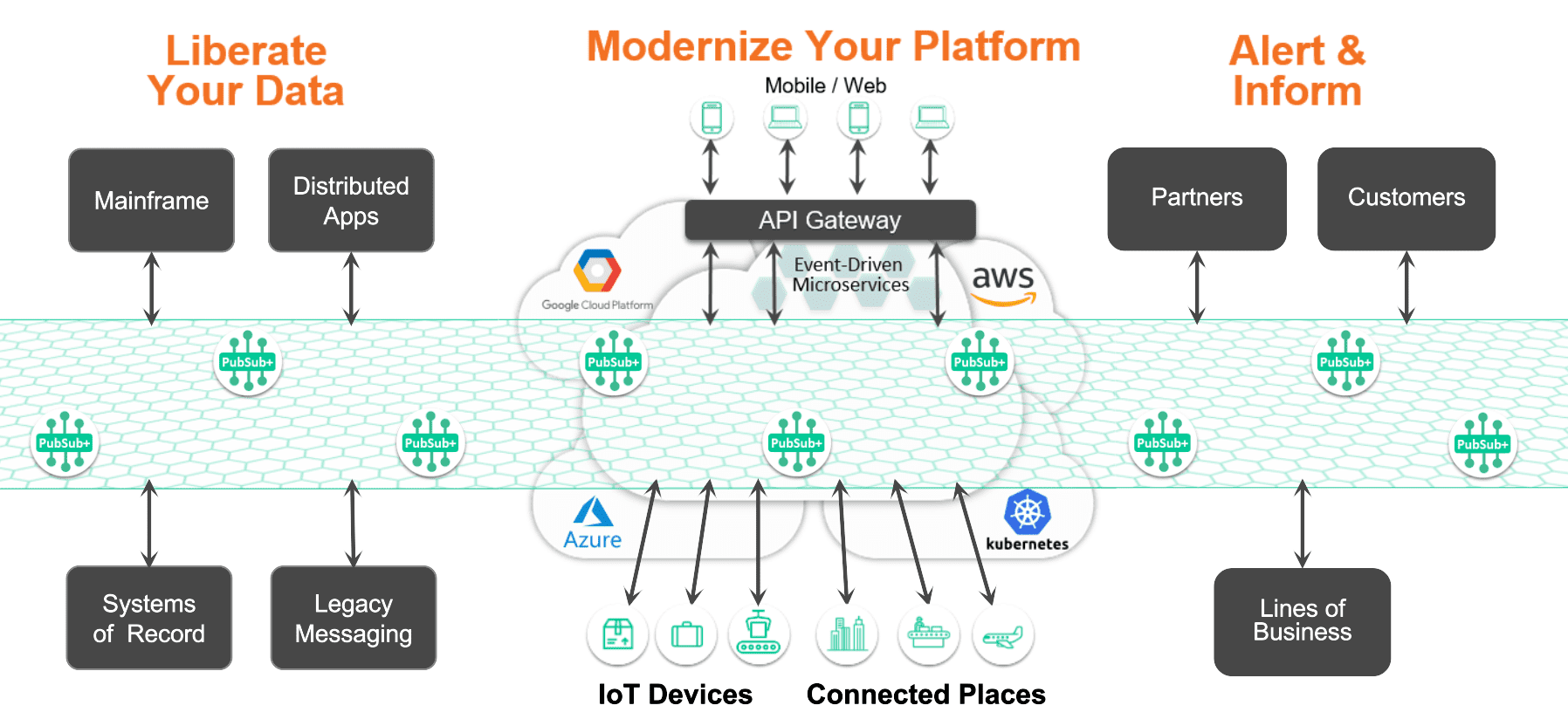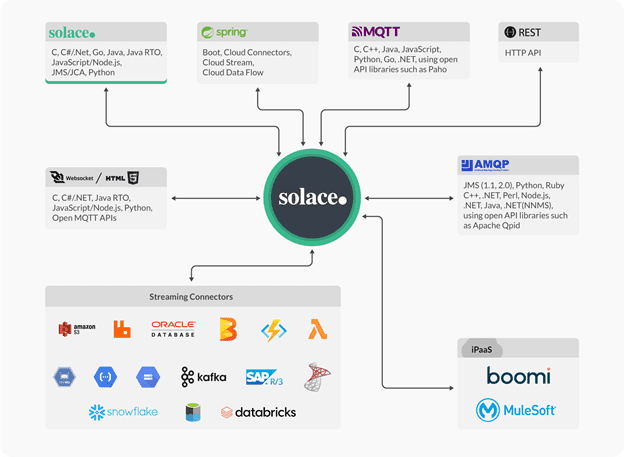If a butterfly flaps its wings in Brazil, does your flight depart on time? In the air transportation industry, things don’t progress in a linear, assembly-line like fashion. In an excellent example of the famous “butterfly effect,” a multitude of human, environmental, and computer-centric systems need to work together and impact each other in unpredictable and cascading ways. These interactions and impacts can be managed, but not directly controlled, and problems tend to manifest themselves as unhappy customers very quickly. When you have so much you can’t control, your IT team needs to work extra hard to make sure that what they can control works really, really well.
Like many enterprises, large “traditional” air carriers rely on a mix of legacy on-premises applications, cloud applications, and software as a service (SaaS) offerings. Air transportation is a highly regulated industry, so airlines must comply with many different regulations across different borders, and be beholden to industry standards for reliability and resilience. This makes change management more difficult than in other industries, so systems need to be designed in such a way that that application development is not a bottleneck.
Airlines operate three distinct IT functions:
- Customer experience/pretravel that consists of applications that deliver seamless interactions for customers and leverages real time data to keep open communication.
- Operations, i.e. the systems and process that support flights
- Fleet maintenance and management
These systems share data and events for maximum efficiency and to meet customer expectations.
For instance, the customer experience component consists of applications that onboard customers and execute transactions. It keeps information like name records, ticketing, seats, flight information, customer notifications, etc. Operations systems are focused on the flight such as baggage, customer documents, airports, network operations, staff, etc. These domains work together to validate the boarding pass against seating and luggage location. Events have to stay in sync and coordinated, because baggage can’t be on-boarded without the passenger being on board due to safety regulations.
How an Event Mesh Helps Airlines Integrate their Systems in Real-Time
Event-driven architecture is a way of building enterprise IT systems that lets information flow between applications, microservices and connected devices in a real-time manner as events occur throughout your business, instead of periodically polling for updates. More specifically, EDA is a design pattern in which distributed systems can publish and subscribe to events via an event broker — middleware that routes information between systems using the publish-subscribe messaging pattern.
An event mesh is a network of interconnected event brokers that enables event-driven communications between applications and devices no matter where these applications are deployed in the world, in any cloud, on-premises or IoT environment. Here are some of the advantages and attributes of a Solace-based event mesh that make it ideal for airlines who face these challenges:
- Cross-region replication of data and events with zero message loss
- Regional control over PII as it pertains to any in-country regulations
- Data security at rest and in transit
- Hybrid and multi-cloud integration, as the migration from legacy systems includes both short term tactics and longer-term uncertainty.
- IoT-ready as more connected devices continue to grow
- Connecters and APIs for legacy systems built on older messaging technology
- Support for SWIM standards (SWIM is an FAA standard for System Wide Information Management)
- Observability of events for non-repudiation and for operational management
“Event-driven computing is central to the continuous agility of digital business. The distributed optimized network of event brokers facilitated by the event mesh infrastructure aims to enable a continuous digital business native experience.” –Gartner (Natis)
By deploying a network of event brokers close to the applications on premises and in the cloud, as what’s called an event mesh and shown below, carriers can move events reliably and independently from the application layer (legacy and new). The event mesh ensures that messages aren’t lost while each cloud node consists of redundant brokers for outage resilience. And finally individual brokers encrypt data at rest and in transit to meet cybersecurity best practices.
With Solace PubSub+ Event Portal, event data can be governed so that some events aren’t available for certain regions for consumption, protecting PII or other data that is subject to local regulations. Observability of the event mesh helps the operations team meet regulatory requirements for systemwide management.
With this approach, an airline that is migrating to the cloud and anticipates running a hybrid and/or multi-cloud strategy can keep all systems running as they migrate individual applications. Moreover, decoupling ensures that if you make changes in the producers or consumers than you aren’t breaking other applications that rely on them. Finally, an event mesh helps carries maintain flexibility for future unknown project requirements, regardless of where they are being built and for whom.
Connectors and APIs Bridge Siloed Applications
In any digital transformation project, the path is usually winding. The IT teams or consultants may be building different applications with a general vision to interoperability but not necessarily a top-down plan – and that isn’t a bad thing for development velocity. It also addresses the need to integrate legacy apps one at a time without having to bring down the entire system. This is where Solace connectors and APIs are so critical in making the transformation successful. Applications built on so-called legacy platforms often use MQTT while Restful development has been the path at the application layer. For a global event mesh these events can be seamlessly published to the event mesh independent of their protocol. Then subscribers anywhere can access them and any changes made to either publisher of subscriber are decoupled.
Topic Filtering of Events is Easier to Manage
Once events are published on specific topics, subscribers can listen to the relevant parts of a topic, using wildcards to filter events. For example, suppose subscribers are interested in all events associated with different flights arriving to or departing Chicago. Topic filtering provides a sophisticated way to listen for events from the relevant flights in real-time, without the need for complex stream processors that consume and discard unnecessary data in order to republish relevant information. You can learn more about this in our video on Solace topics.
The combination of what can be filtered on is essentially limitless. This flexible topic filtering and routing naturally lends itself to analytics use-cases such as looking for departure/arrival trends related to specific airlines and airports; or governance over what topics can be subscribed to in what regions.
Conclusion
When integrating new and legacy systems in real-time with EDA, an air carrier benefits by partnering with a company that has experience in such projects, and offers a platform that crosses clouds and on-premises environments, along with the tools t takes to manage the event-driven system.
EDA is a key enabler for modernizing air travel for the next 100 years. Now if only it could do something about that damn butterfly that flapped its wings in Brazil and caused a thunderstorm in Dallas.

 Rob Williamson
Rob Williamson



